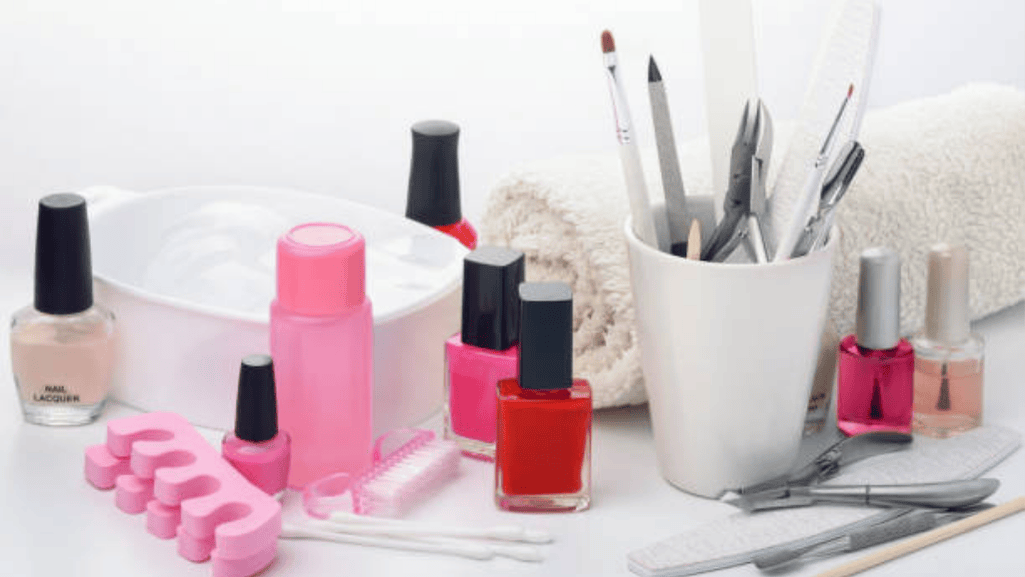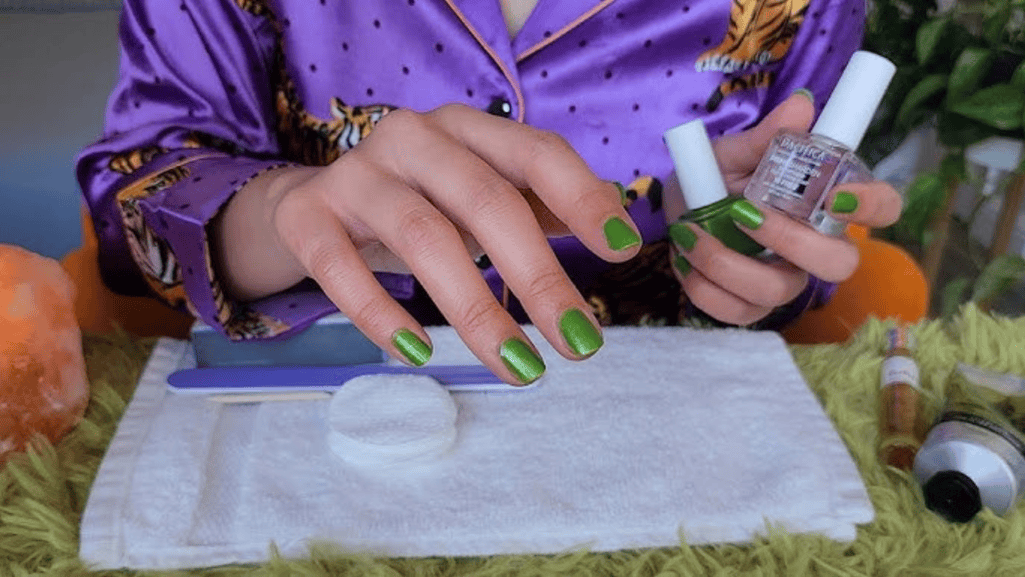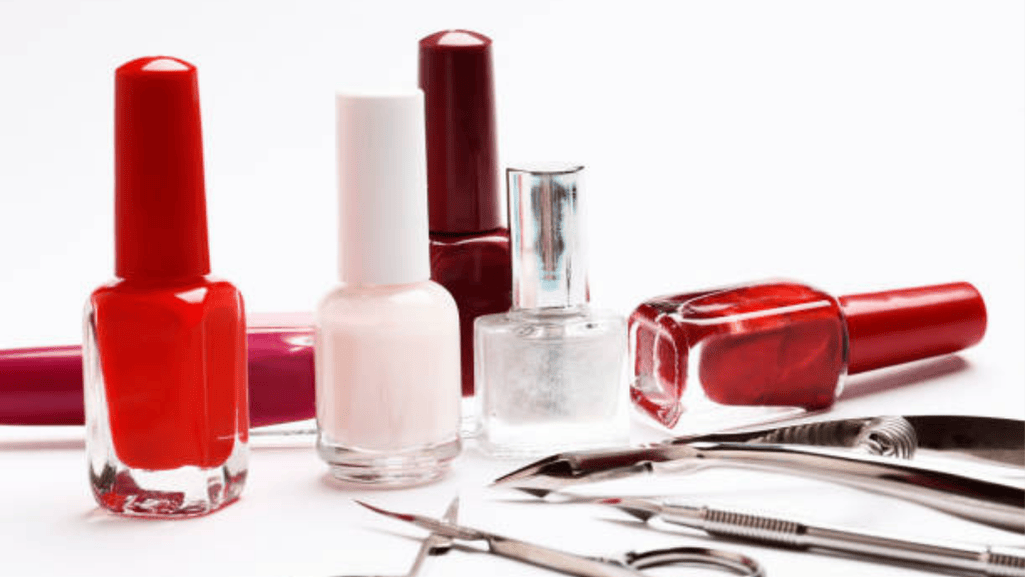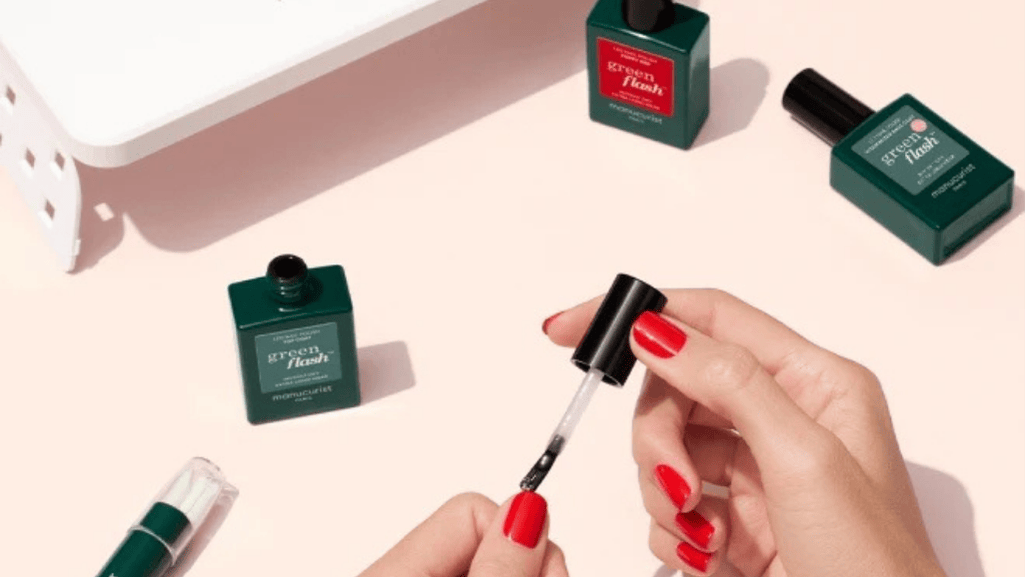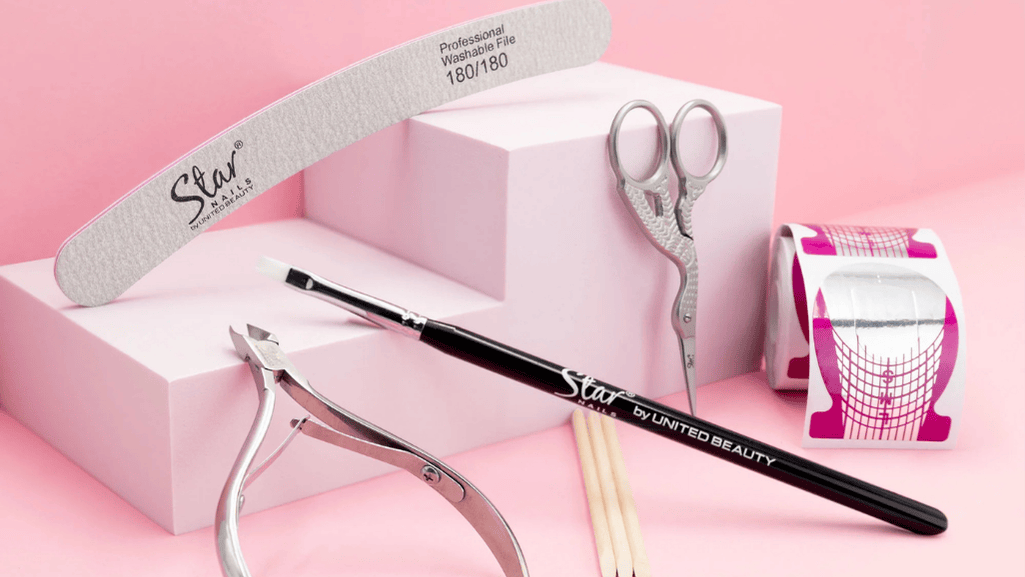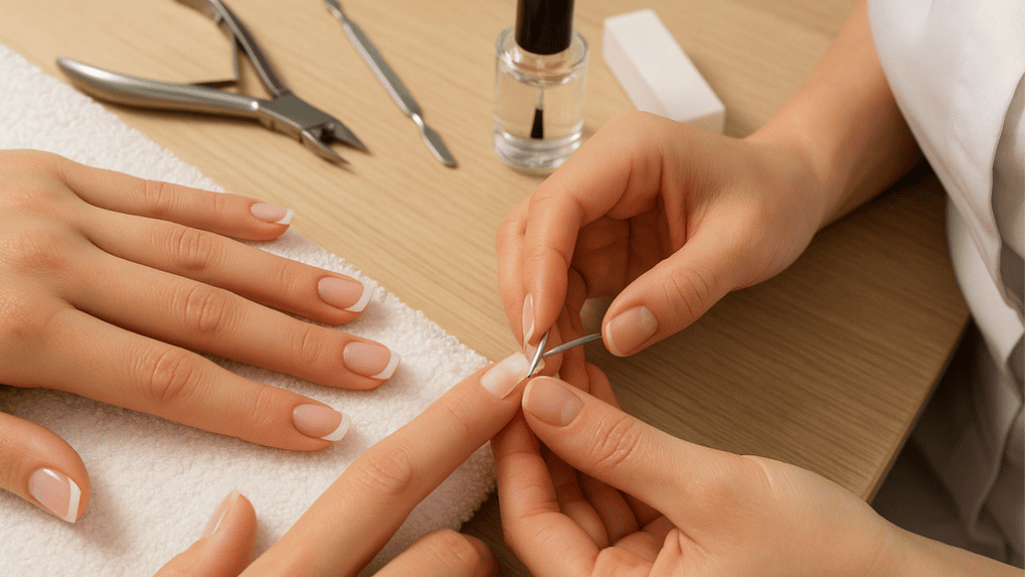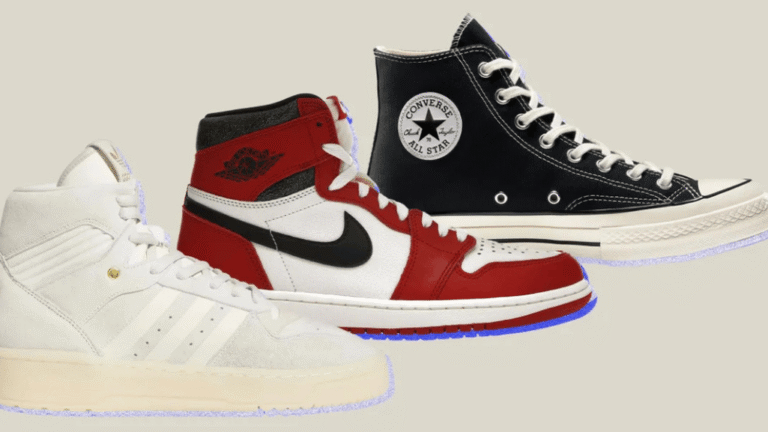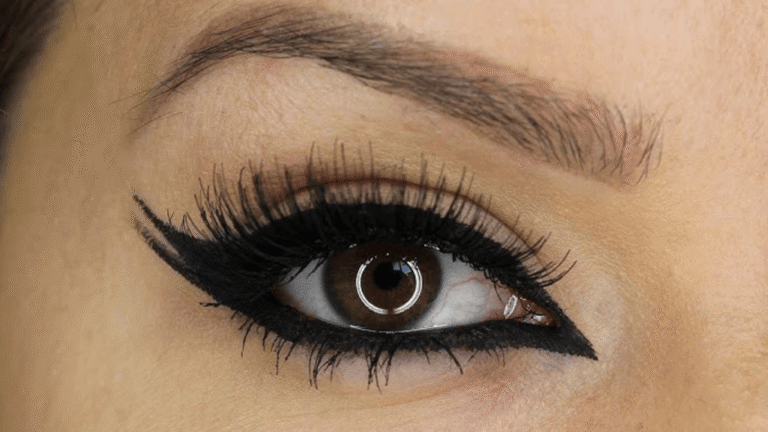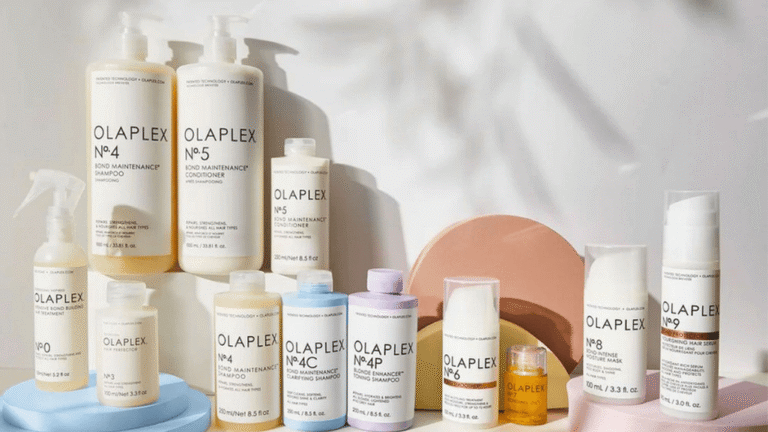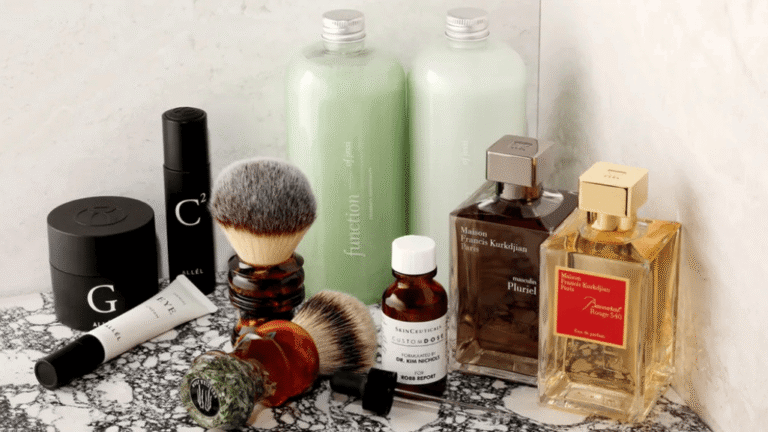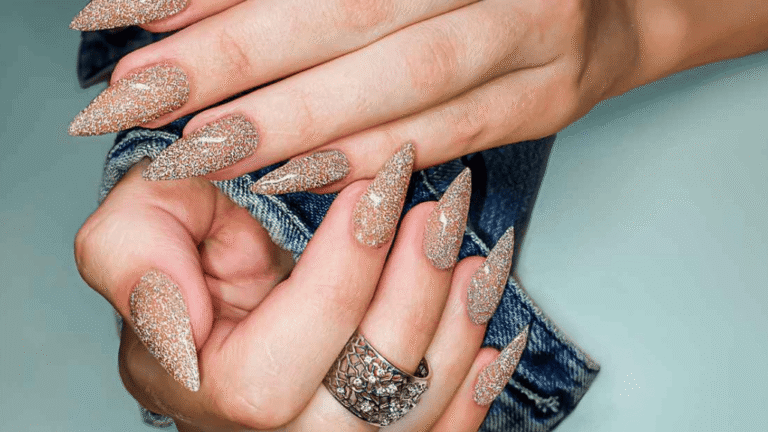This market report synthesizes multi-year data and credible sources to map how Nail Care Trends care will evolve across products, services, and channels in the United States and globally.
The scope covers polish, artificial enhancements, removers, strengtheners, and accessories and positions these items within the broader color cosmetics products market.
Readers will find analysis of market sizing, CAGRs, service mix shifts, technology and social distribution changes, and clean/non-toxic innovation examples to ground projections.
This report outlines demand drivers, consumer adoption patterns, channel shifts, and a forward-looking horizon that factors pandemic disruptions, digital acceleration, and the rebound in salon services.
Designed for decision-makers at brands, retailers, salons, investors, and suppliers, the analysis triangulates multiple data series to present actionable guidance and to note variance by method and forecast window.
Key Takeaways
- Evidence-backed insights tailored for U.S. decision-makers with APAC and Europe benchmarks.
- Clear segmentation across products, end uses, and service channels.
- Market sizing with growth scenarios and noted methodological variance.
- Focus on clean, sustainable product shifts and digital distribution.
- Actionable recommendations for brands, retailers, and suppliers.
Executive Overview: The State of the Global Nail Care Market
The market now balances salon services with a surge in at‑home product demand and digital discovery. The global nail care products market held a USD 19.10 billion base in 2021 and continues to expand through the mid‑2020s.
APAC led with over 35% of revenue in 2021 and will account for roughly 44% of growth from 2024–2028 as the market adds about USD 5.96 billion at a 4.3% CAGR. Household purchases represented more than 65% of share in 2021 while salons are rebounding, with an anticipated 4.8% CAGR (2022–2030).
Personal grooming and beauty routines are integrating more product choices. Consumers discover options via social media and creator content, which speeds demand and seasonal polish and art cycles.
- Digital tools: Virtual try‑on and DTC funnels compress the purchase path.
- Clean shift: Vegan and non‑toxic launches from Sally Hansen, Pure Nails, Glitterbels, and Hermès are mainstreaming safety claims.
- Competitive mix: Global firms, indie brands, and private labels vie across channels, shaping market share.
This executive snapshot frames deeper analysis on market size, channel shifts, and product strategy. Companies should prioritize omnichannel execution, social commerce readiness, and brand protection as they invest for growth.
Nail Care Trends
Reconciling differing size estimates is essential: base year, segment scope, price assumptions, and methodology explain why multiple cagr and market size figures coexist. Strategy should rely on triangulation rather than a single point estimate.
Scenario ranges and planning
The high-growth view projects USD 19.10B (2021) to USD 30.08B by 2030 at a 5.2% CAGR. A midterm model shows USD 5.96B growth from 2024–2028 at 4.3% CAGR. A conservative path models USD 11B in 2024 to USD 12.8B by 2030 (2.6% CAGR).
Product and end-use dynamics
Nail polish held over 70% revenue share in 2021, anchoring category size, while artificial nails and accessories are set to grow at ~5.7% CAGR—shifting assortment and merchandising priorities.
Household end‑use exceeded 65% share and will remain the fastest-growing segment. The salon channel is recovering, with a projected 4.8% CAGR that supports premium services and upsell opportunities.
Operational implications
- Supply: diversify suppliers and hold safety stock to reduce exposure to raw-material bottlenecks.
- Merchandising: prioritize refill bundles and press-on kits for at-home demand while maintaining pro-grade skus for salons.
- KPIs: track category market share by segment, unit elasticity, and online conversion tied to virtual try-on.
Trend Forecasting in Nail Care: Styles, Services, and Consumer Demand Drivers
Consumers now balance salon artistry with at‑home speed, pushing product makers to blend performance, safety, and style. Quick‑dry, gel‑like, and long‑wear polish formulas are rising as busy shoppers seek fewer touch‑ups and more durable finishes.
Color and finish directions
Expect glossy, fashion‑led palettes alongside reliable neutrals. Seasonal drops driven by runway and creator content will favor holographic, chrome, and textured overlays that support nail art without long salon sessions.
Service mix evolution
Gel and dip powder remain core for longevity. Chrome and French tips cycle as statement options, while press‑ons and reusable kits answer demand for fast, repeatable manicures.
Clean, vegan, and non-toxic momentum
Formulation claims—paraben‑, phthalate‑, and hema‑free—are widening the buyer pool. Examples like Sally Hansen Good.Kind.Pure, Pure Nails Halo Gel, and Glitterbels hema‑free lines show how the products market blends mass and pro innovation.
- Segment plays: Gen Z/millennials for expressive art; parents and professionals for quick‑dry polish and chip resistance.
- Retail advice: Curate by longevity, therapeutic recovery, and statement art to help shoppers choose fast.
Technology, Social Media, and Distribution Shifts Redefining the Products Market
From virtual try-on to subscription bundles, tech and media are changing product demand and service access.
Virtual try-on and AI-powered discovery
Virtual try-on reduces shade uncertainty, improving conversion and lowering returns. Essie’s 2021 VTO links photo or live camera matching to cart adds and retailer redirects, creating measurable sell‑through.
Data from VTO trains AI models on finish and color preferences. Brands can use that signal to localize shade ranges and optimize replenishment.
Rise of home salon and mobile apps
App-based services bring trained technicians to homes and events, widening access for mobility‑constrained and time‑pressed consumers.
Recurring packages—like those offered by regional players—boost service frequency and support product attach rates for removers, strengtheners, and gel kits.
E-commerce, subscriptions, and omnichannel
Subscriptions and bundled offers stabilize repeat purchases while limited drops spark incremental demand. Social media drives both discovery and short‑form education that converts to in-platform checkout.
Big-box partnerships provide scale and endcap visibility but also intensify private label competition. Data‑led assortment planning and first‑party loyalty programs help brands protect share across DTC, retail, and marketplaces.
- Measure: attribute sales across channels and track subscription cohorts.
- Plan: use VTO engagement to set SKU depth and localize ranges.
- Protect: build first‑party data via tutorials and loyalty offers to prepare for privacy shifts.
Segmentation, Consumer Behavior, and Use Cases
Consumers parcel their nail spending across quick polishes, press-on transformations, and treatment-focused replenishment.
Product segments leading growth
Nail polish remains the anchor, holding over 70% revenue share from 2021 and high unit velocity. Artificial nails and accessories post faster CAGR (about 5.7%), driving both unit and dollar growth.
Strengtheners and removers provide steady replenishment revenue and boost lifetime value when paired with polish bundles.
End-use dynamics and missions
Household use exceeded 65% share in 2021 and will keep growing as DIY routines expand. Salons recover with a projected 4.8% CAGR, supported by mobile apps and doorstep services.
- Merchandising: keep depth in core shades and finishes; add press-on kits and accessories.
- Consumer missions: quick refresh (polish), transformation (press-ons/gel kits), recovery (treatments).
- SKU strategy: right-size bottles, kits, and remover packs to match at-home usage cycles.
Position grooming as self-care and use sampling in subscriptions to lift cross-sell and repeat demand across the products market.
Regional and Competitive Landscape: APAC Scale, U.S. Depth, and Europe’s Premium Edge
Geographic differences are driving distinct playbooks for brands and retailers across APAC, the U.S., and Europe.
APAC leadership
APAC holds outsized volume and pace. China and India push scale through digital beauty platforms, rapid SKU cycles, and local collabs like Ciaté via Nykaa and Maybelline x Pokémon. This region will account for roughly 44% of growth through 2028.
U.S. market depth
The United States blends mass and prestige across big-box, specialty, and DTC channels. Tech features—Essie VTO with major retailers—and cultural collaborations power trial and conversion.
Europe’s premium edge
Europe leans salon-forward and premium. Luxury lines and clean formulations set higher finish expectations and stronger price tolerance among consumers.
Companies, strategies, and risks
- Portfolio moves: line extensions into vegan and hema-free polish, seasonal capsules, and accessory kits.
- M&A & collabs: acquisitions and cross-category partnerships expand reach and PR visibility.
- Counterfeit threat: fake products endanger safety and erode market share; traceability and retailer policing are critical.
“Brands must pair regional assortments with rigorous testing and IP protection to defend distribution and trust.”
Conclusion
Across scenarios, resilient demand and multiple growth vectors make strategic flexibility the clearest commercial advantage.
Plan within forecast bands: size production, marketing calendars, and inventory to adapt from a conservative 2.6% CAGR to upside paths near 5.2% by 2030. Build contingency for supply risk and counterfeit threats.
Protect consumer trust by investing in transparent ingredients, safety testing, and brand protection. Keep a core set of timeless shades and treatments, and add frequent micro‑collections to spark engagement.
Execute omnichannel: link content, virtual try‑on, and checkout across DTC and retail, and support subscriptions for recurring care products. Use VTO interactions, social signals, and sell‑through to tune assortments and cadence.
Prioritize formula innovation (vegan, hema‑free, long‑wear), rapid prototyping, and clear education to improve at‑home outcomes. For deeper market context and strengthener projections, see this market report on strengtheners.

